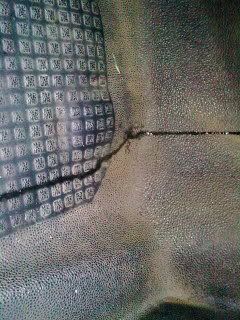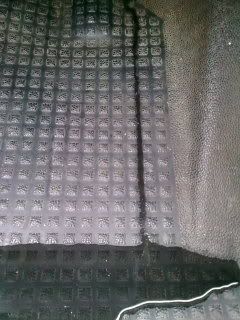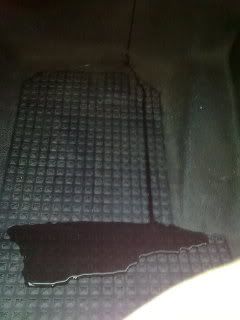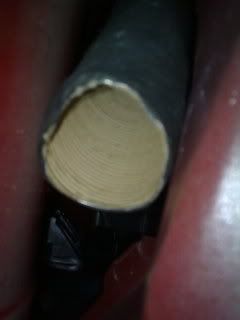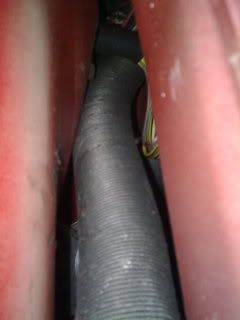I'll repost what I put earlier:
I found I only really got water on my feet when pulling off after it had rained overnight and eventually traced it to the very top edge of windscreen seal. You only need a hairline crack that you can't spot by eye and water will work its way underneath, down the sides (out of sight beneath rubber lip), down to bottom corners, accumulating and spilling inside the cab.
This puddle you're talking about tends to happen either when vehicle is parked or when driving in rain (though more when parked in my experience) and I spent a very long time indeed (2 years) trying to work out exactly how it was getting in. I tried silicon (aquatic) sealant in corners, tried sealing between rubber and glass along whole bottom edge, and still water came in if it had been stood out in the rain. Invariably its the moment you pull off the next day that it trickles down. Whats happening is the seal is effectively doing the absolute opposite of what its meant to do and diverting any water directly by capillary action to where you don't want it. If seal is new, try Tolley's creeping crack cure around the whole seal, top bottom and sides.
From Monday, my whole windscreen is coming out to finally put an end to the drip but can see it being at least a weeks work. Relying on Ronsrecord and Chickenkoop to help me get screen back in afterwards! I have new rubber and chrome insert sitting here waiting. Remember, its essential that a new seal is fitted to smooth and solid inset. If theres any rot/rust/roughness, the problem will persist.
As I said before, if it rains overnight, wipe down A pillars so they're dry. Then carefully lift seal with a knife (vertical part on pillars) and see if its wet under there....
The other thing that might give you a clue is that when you're driving at speed, rain is forced backwards along the roof and sides. When parked it just runs straight down, under the seal and, well, you know the rest.
